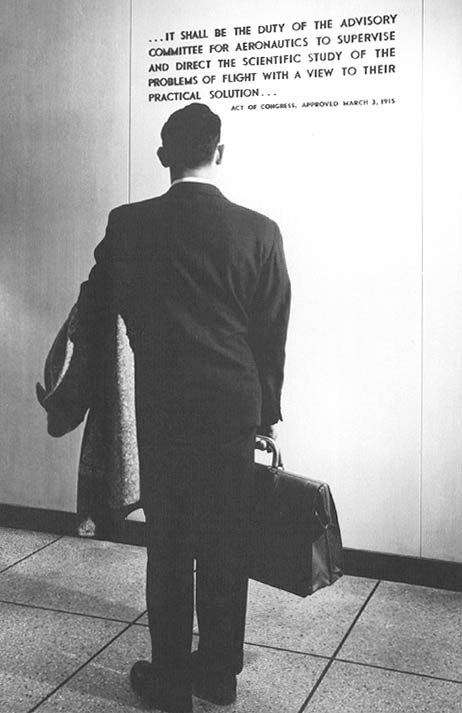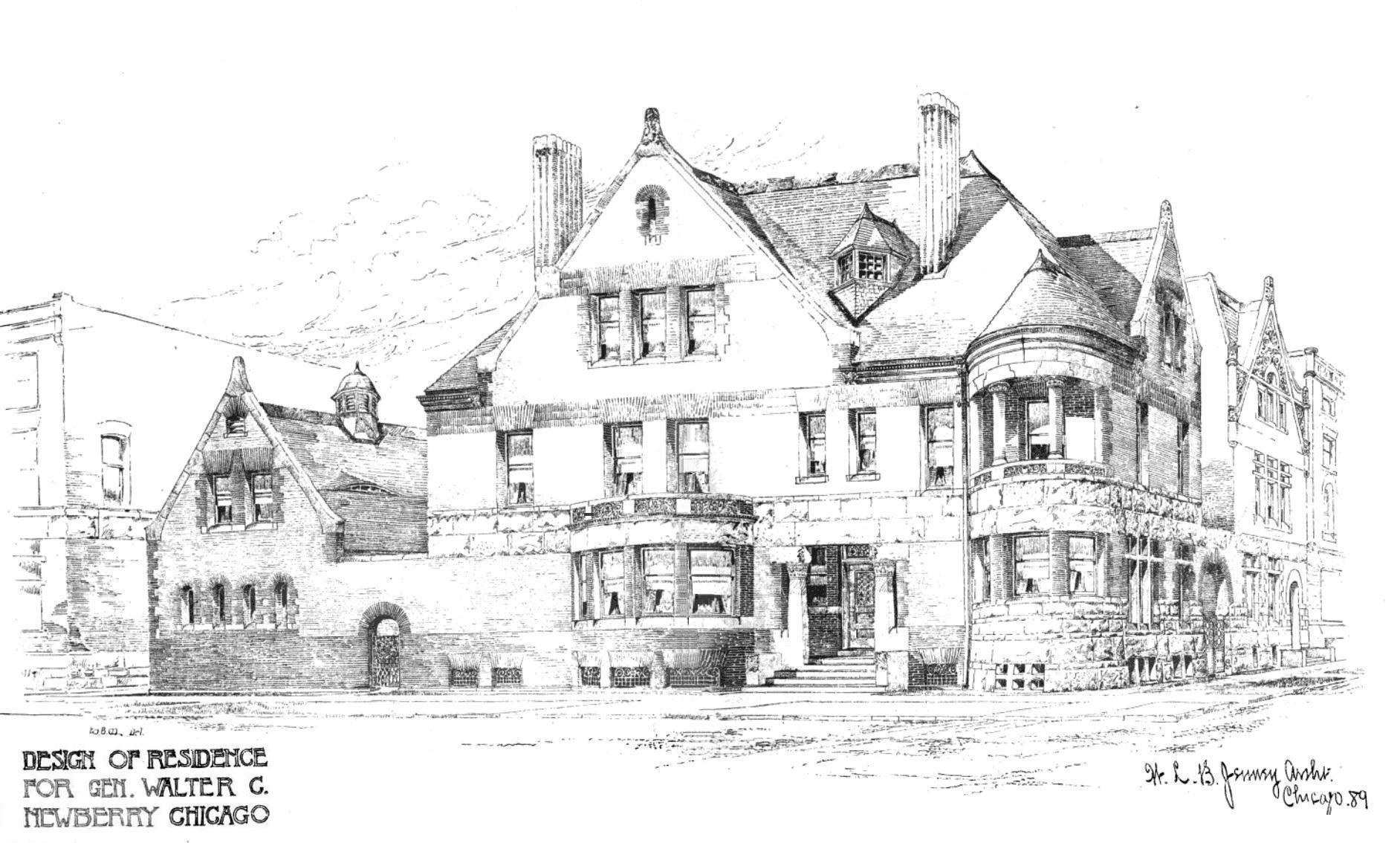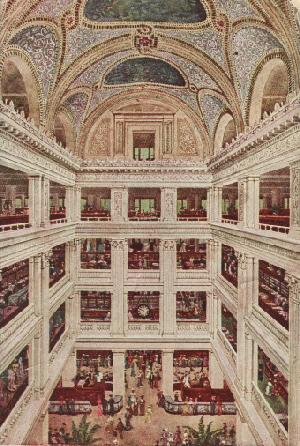|
Leiter House
The Leiter House was a mansion that once stood at 1500 New Hampshire Avenue NW in the Dupont Circle neighborhood of Washington, D.C. Completed in 1893 for wealthy businessman Levi Leiter, the palatial 55-room neoclassical residence was designed by architect Theophilus P. Chandler Jr., whose notable works include Trinity Episcopal Church, the Stirling mansion, St. Thomas Episcopal Church, and the North Philadelphia station. The house was one of several mansions that were built in the late 19th and early 20th centuries around the perimeter of Dupont Circle, a traffic circle and park that was considered a fashionable area at the time. Leiter had made his fortune in real estate ventures after cofounding what would later become the Marshall Field & Company department store chain. He and his wife, Mary, wanted to be involved in social circles in the nation's capital and relocated with their children to Washington, D.C. in 1883. They spent the first decade in the city renting an ... [...More Info...] [...Related Items...] OR: [Wikipedia] [Google] [Baidu] |
Neoclassical Architecture
Neoclassical architecture is an architectural style produced by the Neoclassical movement that began in the mid-18th century in Italy and France. It became one of the most prominent architectural styles in the Western world. The prevailing styles of architecture in most of Europe for the previous two centuries, Renaissance architecture and Baroque architecture, already represented partial revivals of the Classical architecture of ancient Rome and (much less) ancient Greek architecture, but the Neoclassical movement aimed to strip away the excesses of Late Baroque and return to a purer and more authentic classical style, adapted to modern purposes. The development of archaeology and published accurate records of surviving classical buildings was crucial in the emergence of Neoclassical architecture. In many countries, there was an initial wave essentially drawing on Roman architecture, followed, from about the start of the 19th century, by a second wave of Greek Revival architec ... [...More Info...] [...Related Items...] OR: [Wikipedia] [Google] [Baidu] |
National Advisory Committee For Aeronautics
The National Advisory Committee for Aeronautics (NACA) was a United States federal agency founded on March 3, 1915, to undertake, promote, and institutionalize aeronautical research. On October 1, 1958, the agency was dissolved and its assets and personnel were transferred to the newly created National Aeronautics and Space Administration (NASA). NACA is an initialism, i.e., pronounced as individual letters, rather than as a whole word (as was NASA during the early years after being established). Among other advancements, NACA research and development produced the NACA duct, a type of air intake used in modern automotive applications, the NACA cowling, and several series of NACA airfoils, which are still used in aircraft manufacturing. During World War II, NACA was described as "The Force Behind Our Air Supremacy" due to its key role in producing working superchargers for high altitude bombers, and for producing the laminar wing profiles for the North American P-51 Mustang. NA ... [...More Info...] [...Related Items...] OR: [Wikipedia] [Google] [Baidu] |
Art Institute Of Chicago
The Art Institute of Chicago in Chicago's Grant Park, founded in 1879, is one of the oldest and largest art museums in the world. Recognized for its curatorial efforts and popularity among visitors, the museum hosts approximately 1.5 million people annually. Its collection, stewarded by 11 curatorial departments, is encyclopedic, and includes iconic works such as Georges Seurat's ''A Sunday on La Grande Jatte'', Pablo Picasso's ''The Old Guitarist'', Edward Hopper's '' Nighthawks'', and Grant Wood's '' American Gothic''. Its permanent collection of nearly 300,000 works of art is augmented by more than 30 special exhibitions mounted yearly that illuminate aspects of the collection and present cutting-edge curatorial and scientific research. As a research institution, the Art Institute also has a conservation and conservation science department, five conservation laboratories, and one of the largest art history and architecture libraries in the country—the Ryerson and B ... [...More Info...] [...Related Items...] OR: [Wikipedia] [Google] [Baidu] |
William Le Baron Jenney
William Le Baron Jenney (September 25, 1832 – June 14, 1907) was an American architect and engineer who is known for building the first skyscraper in 1884. In 1998, Jenney was ranked number 89 in the book ''1,000 Years, 1,000 People: Ranking the Men and Women Who Shaped the Millennium''. Life and career Jenney was born in Fairhaven, Massachusetts, on September 25, 1832, son of William Proctor Jenney and Eliza LeBaron Gibbs. Jenney began his formal education at Phillips Academy, Andover, in 1846, and at the Lawrence Scientific school at Harvard in 1853, but transferred to École Centrale des Arts et Manufactures (École Centrale Paris) to study engineering and architecture. At École Centrale Paris, he learned the latest iron construction techniques as well as the classical functionalist doctrine of Jean-Nicolas-Louis Durand (1760-1834) - Professor of Architecture at the Ecole Polytechnique. He graduated in 1856, one year after his classmate, Gustave Eiffel, the design ... [...More Info...] [...Related Items...] OR: [Wikipedia] [Google] [Baidu] |
Second Leiter Building
The Second Leiter Building, also known as the Leiter II Building, the Sears Building, One Congress Center, and Robert Morris Center, is located at the southeast corner of South State Street and East Ida B. Wells Drive in Chicago, Illinois. The building is not to be confused with the present Willis Tower, formerly the Sears Tower, constructed and owned by the famous nationwide mail-order firm Sears, Roebuck & Company. This landmark of the Chicago school of architecture gained fame for being one of the earliest commercial buildings constructed with a metal skeleton frame remaining in the United States. Built in 1891 by Levi Z. Leiter, (1834–1904), the Second Leiter Building was designed by architect William Le Baron Jenney, who implemented the skeletal frame made of steel to make the design fireproof. The building was leased by Levi Leiter to the department store of Siegel, Cooper and Company who occupied it for approximately seven years. After Siegel Cooper closed, the buil ... [...More Info...] [...Related Items...] OR: [Wikipedia] [Google] [Baidu] |
Macy's, Inc
Macy's, Inc. (originally Federated Department Stores, Inc.) is an American Conglomerate (company), conglomerate holding company. Upon its establishment, Federated held ownership of the regional department store chains Abraham & Straus, Lazarus (department store), Lazarus, Filene's, and John Shillito Company, Shillito's. Bloomingdale's joined Federated Department Stores the following year. Throughout its early history, frequent acquisitions and divestitures saw the company operate a number of nameplates. In 1994, Federated took over the department store chain Macy's. With the acquisition of The May Department Stores Company in 2005, the regional nameplates were retired and replaced by the Macy's and Bloomingdale's brands nationwide by 2006. Ultimately, Federated itself was renamed Macy's, Inc. in 2007. Macy's, Inc., has been headquartered within Macy's Herald Square in New York City since 2020; beforehand, its headquarters was in Cincinnati, Ohio. While Federated had a long histor ... [...More Info...] [...Related Items...] OR: [Wikipedia] [Google] [Baidu] |
Marshall Field's
Marshall Field & Company (commonly known as Marshall Field's) was an upscale department store in Chicago, Illinois. Founded in the 19th century, it grew to become a large chain before Macy's, Inc acquired it in 2005. Its eponymous founder, Marshall Field, was a pioneering retail magnate. The company's flagship Marshall Field and Company Building on State Street in the Chicago Loop is a National Landmark. It was officially branded ''Macy's on State Street'' in 2006, when it became one of Macy's flagship stores. History Early years Marshall Field & Company traces its antecedents to a dry goods store opened at 137 Lake StreetPDX History of Marshall Field's Retrieved August 20, 2006. in , |
Potter Palmer
Potter Palmer (May 20, 1826 – May 4, 1902) was an American businessman who was responsible for much of the development of State Street in Chicago. Born in Albany County, New York,"Death of Potter Palmer" in '''', May 5, 1902, p. 9. he was the fourth son of Benjamin and Rebecca (Potter) Palmer. Retailing career Potter Palmer founded a dry goods store, Potter Palmer and Company, on Lake Street in Chicago in 1852. Unlike many stores of the time it focused on women and encouraged their patronage. Palmer instituted a "no qu ...[...More Info...] [...Related Items...] OR: [Wikipedia] [Google] [Baidu] |
Marshall Field
Marshall Field (August 18, 1834January 16, 1906) was an American entrepreneur and the founder of Marshall Field and Company, the Chicago-based department stores. His business was renowned for its then-exceptional level of quality and customer service. Field is also known for some of his philanthropic donations, providing funding for the Field Museum of Natural History and donating land for the campus of the University of Chicago. Early life Marshall Field was born on a farm in Conway, Massachusetts, Marden, Orison SwettHow Marshall Field Succeeded ''Mises Institute''. the son of John Field IV and Fidelia Nash. His family was descended from Puritans who had come to America as early as 1629. At the age of 17, he moved to Pittsfield, Massachusetts, where he first worked in a dry goods store alongside his brother Joseph Field. and (includes brief biography of Marshall Field). He left Massachusetts after five years of working in the dry goods store in search of new opportun ... [...More Info...] [...Related Items...] OR: [Wikipedia] [Google] [Baidu] |
Chicago
(''City in a Garden''); I Will , image_map = , map_caption = Interactive Map of Chicago , coordinates = , coordinates_footnotes = , subdivision_type = Country , subdivision_name = United States , subdivision_type1 = State , subdivision_type2 = Counties , subdivision_name1 = Illinois , subdivision_name2 = Cook and DuPage , established_title = Settled , established_date = , established_title2 = Incorporated (city) , established_date2 = , founder = Jean Baptiste Point du Sable , government_type = Mayor–council , governing_body = Chicago City Council , leader_title = Mayor , leader_name = Lori Lightfoot ( D) , leader_title1 = City Clerk , leader_name1 = Anna Valencia ( D) , unit_pref = Imperial , area_footnotes = , area_tot ... [...More Info...] [...Related Items...] OR: [Wikipedia] [Google] [Baidu] |
Springfield, Ohio
Springfield is a city in the U.S. state of Ohio and the county seat of Clark County, Ohio, Clark County. The municipality is located in southwestern Ohio and is situated on the Mad River (Ohio), Mad River, Buck Creek, and Beaver Creek, approximately west of Columbus, Ohio, Columbus and northeast of Dayton, Ohio, Dayton. Springfield is home to Wittenberg University, a liberal arts college. As of the United States Census 2020, 2020 census, the city had a total population of 58,662, The Springfield, Ohio metropolitan area#Springfield MSA, Springfield Metropolitan Statistical Area had a population of 136,001 residents. The Little Miami Scenic Trail, a paved rail-trail that is nearly 80 miles long, extends from the Buck Creek Scenic Trail head in Springfield south to Newtown, Ohio (near Cincinnati). It has become popular with hikers and cyclists. In 1983, ''Newsweek'' magazine featured Springfield in its 50th-anniversary issue, entitled, "The American Dream." It chronicled the eff ... [...More Info...] [...Related Items...] OR: [Wikipedia] [Google] [Baidu] |
Leitersburg, Maryland
Leitersburg is a census-designated place (CDP) in Washington County, Maryland, United States. The population was 523 at the 2000 census. History Bell-Varner House, Huckleberry Hall, and Leitersburg Historic District are listed on the National Register of Historic Places. Geography Leitersburg is located at (39.694309, −77.621063). According to the United States Census Bureau, the CDP has a total area of , all land. Demographics At the 2000 census there were 523 people, 218 households, and 163 families living in the CDP. The population density was . There were 226 housing units at an average density of . The racial makeup of the CDP was 97.13% White, 0.96% African American, 0.19% Asian, 1.34% from other races, and 0.38% from two or more races. Hispanic or Latino of any race were 1.72%. Of the 218 households 27.5% had children under the age of 18 living with them, 63.8% were married couples living together, 5.0% had a female householder with no husband present, and 24 ... [...More Info...] [...Related Items...] OR: [Wikipedia] [Google] [Baidu] |

_-_facade_on_Piazza_dei_signori.jpg)





